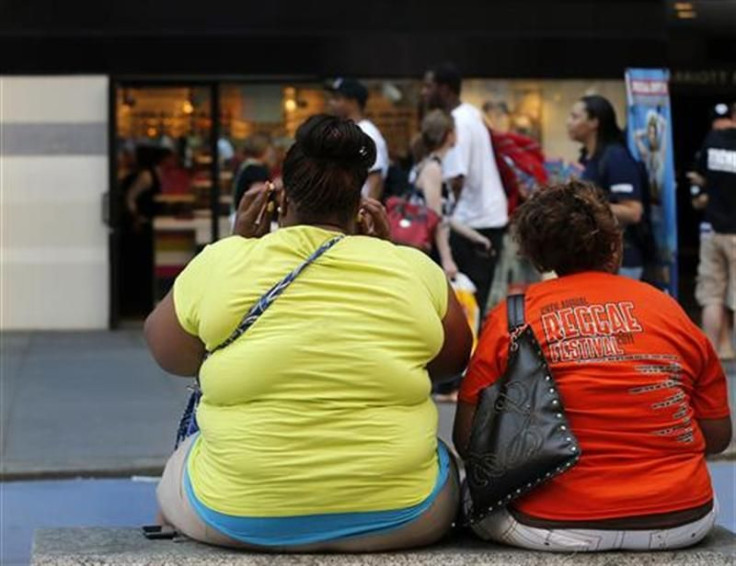Severe Obesity Still Rising Fast in the U.S.

The number of Americans who are severely obese shot up by 70 percent in the past decade or so, though the increase has slowed down in more recent years, a new study finds.
Between 2000 and 2010, the proportion of Americans who were severely obese - at least 100 pounds overweight - rose from 4 percent to almost 7 percent.
The increase showed signs of slowing after 2005, researchers found. But the bad news is that the severely obese remain the fastest-growing segment of obese Americans, said study leader Roland Sturm, a senior economist at the non-profit research institute RAND Corporation.
More than one-third of U.S. adults are obese, which means having a body mass index (BMI) of 30 or higher. BMI is a measure of weight relative to height.
Recent studies have found that the nation's obesity rate, among adults and kids, may be leveling off. But most of those folks are moderately obese.
"Everybody's talking about obesity leveling off," Sturm said. But what tends to get "lost" in the discussion is the fact that severe obesity - BMIs of 40 or higher - is still rising fast.
That's important, Sturm said, because those are the people who have the highest healthcare costs - about double those of normal-weight Americans.
People with a BMI of 40 or higher would be at high risk of conditions like diabetes, severe arthritis and heart disease. They are also the folks who could be candidates for obesity surgery.
But there are other costs besides the healthcare price tag, Sturm noted. There's the human cost of living with obesity-related health problems, and often a loss to the workforce.
"There's the disability and inability to work," Sturm said. "People may be basically forced into retirement because they can't work."
The findings, reported in the International Journal of Obesity, are based on data from an annual government health survey of U.S. adults. BMI estimates were made based on people's self-reported weight and height.
Moderate obesity, the study found, rose relatively slowly after 2000 and seemed to level off from 2005 on. In contrast, the proportion of Americans with a BMI of 40 or above climbed by more than 70 percent.
That translates to about 15 million U.S. adults with a BMI that high, Sturm said.
And some Americans were consistently at greater risk over time than others. The rate of severe obesity was 50 percent higher among women than men, and twice as high among black Americans as among white and Hispanic adults.
What's more, the increases were bigger among people younger than 40 compared with older adults.
Sturm said that doctors once thought of severe obesity as a problem that affected a small and stable percentage of people who were genetically vulnerable to huge weight gain.
"That thinking has been proven wrong," Sturm said. "This is something that can happen to a surprisingly large percentage of the population."
And the implications for the healthcare system could be large, too, Sturm noted.
Experts estimate that obesity, in general, results in an additional $190 billion a year in U.S. healthcare costs - or one-fifth of all healthcare spending.
Sturm said he doesn't think wider use of obesity surgery is the "answer" to the problem. "Probably the solution is preventing the weight gain in the first place."



























